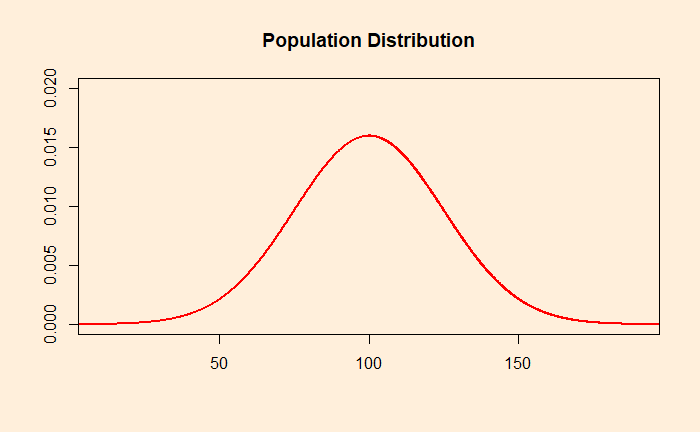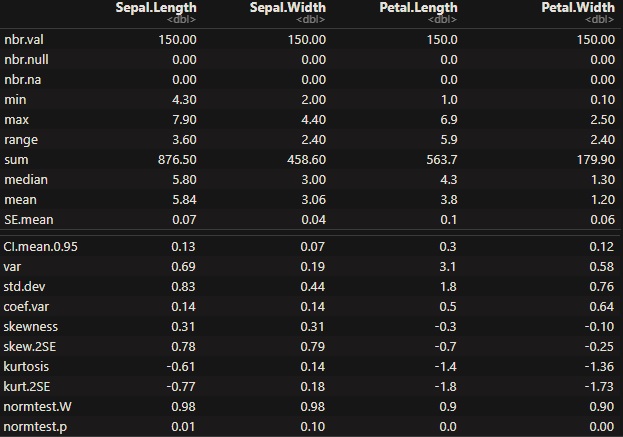Placebo, Double-Blind and Experimenter Bias
We have seen the placebo effect. It occurs when someone’s physical or mental condition improves after taking a placebo or ‘fake’ treatment. Placebos are crucial in clinical trials, often serving as effective means to screen out the noise, thereby contributing as the control group to compare the treatment results. Is providing a placebo good enough to remove the biases of a trial?
If the placebo group knows they received the ‘fake pill’, it will nullify its influence. So, the first step in helping the experiment is to hide the information that it is real or placebo from the participants who receive the treatment. This is a single-blind test.
More is needed to prevent what is known as the experimenter bias, also known as the observer expectancy effect. In the next level of refinement, the information is also hidden from the experimenter. This becomes a double-blind experiment. The National Cancer Institute defines it as:
“A type of clinical trial in which neither the participants nor the researcher knows which treatment or intervention participants are receiving until the clinical trial is over.”
That means only a third party, who will help with the data analysis, will know the trial details, such as the allocation of groups or the hypothesis. Double-blind studies form the gold standard in evidence-based medical science.
Double-blind study: National Cancer Institute
Placebo, Double-Blind and Experimenter Bias Read More »







